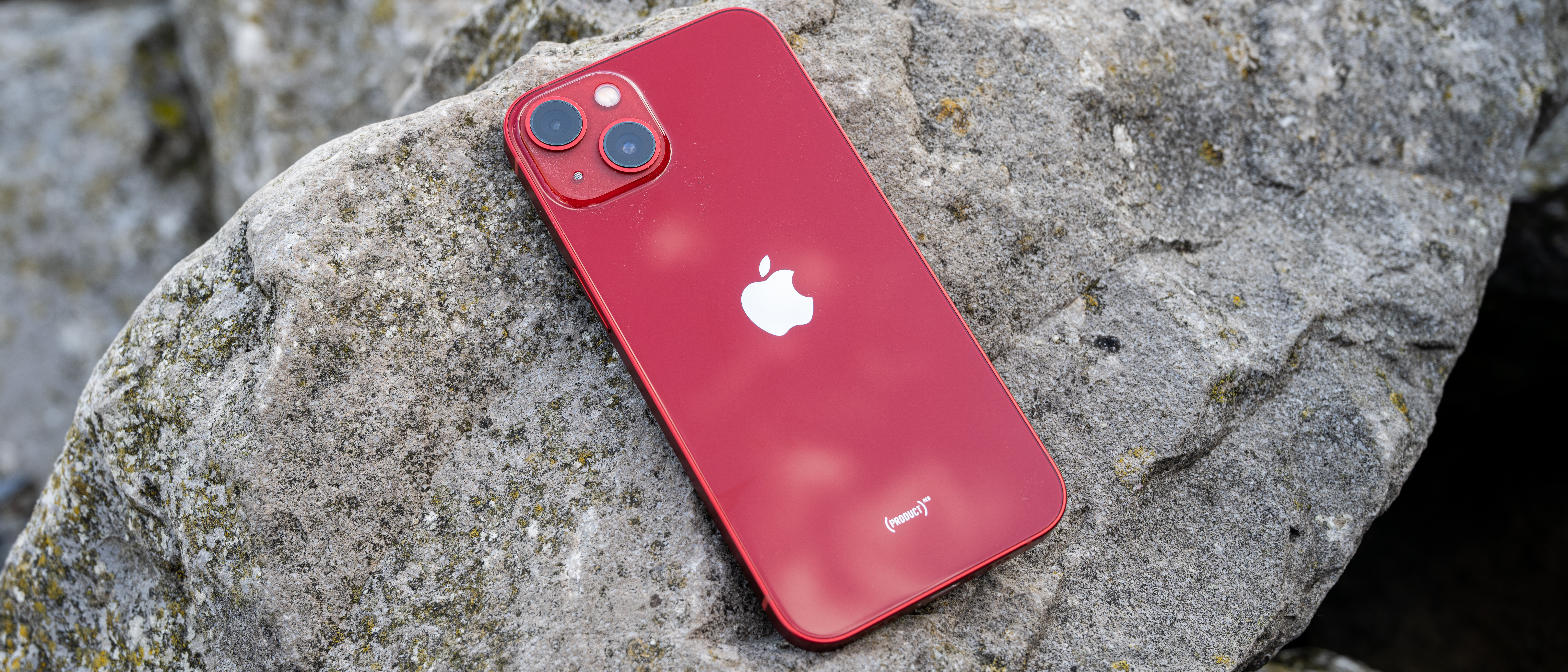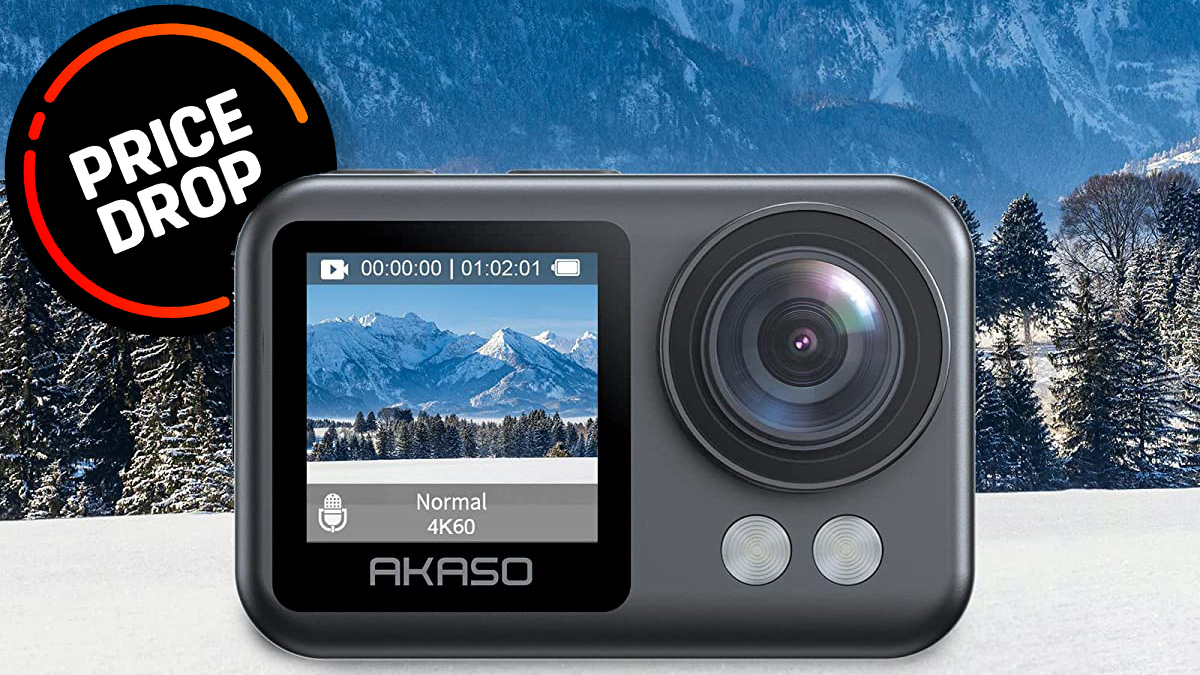Digital Camera World Verdict
Available at a significantly cheaper price than its “Pro” sibling, the iPhone 13 is a great mid-range offering. With a dual-lens setup and a stylish body design, it’s a good option for those who don’t want to splash the cash on the top-of-the-line iPhone. However, you do lose some photographic nous by going budget, including the ability to shoot in raw format, macro focusing, low light ability and a telephoto lens.
Pros
- +
Cheaper than the iPhone 13 Pro
- +
Cinematic Video mode included
- +
Improved camera compared to last year’s iPhone 12
Cons
- -
No raw format shooting
- -
No telephoto lens
- -
No macro mode
Why you can trust Digital Camera World
Apple has introduced four new iPhone models in the iPhone 13 series, with each designed to appeal to a particular type of user. The iPhone 13 sits squarely in the middle, offering a little less than the more advanced (and more expensive) iPhone 13 Pro/ iPhone Pro 13 Max and a little more than the basic iPhone 13 Mini.
With this model, you get a double-lens camera set up, with the phone featuring two of the same focal lengths as the iPhone 13 Pro - but you lose out on the telephoto lens.
There are other differences between the two when it comes to camera functionality, mostly down to software differences, but arguably, unless you’re using your smartphone as your primary camera, the iPhone 13 makes a lot of sense from a budgetary standpoint.
Let’s take a closer look at how the specs stack up…
iPhone 13 Key features
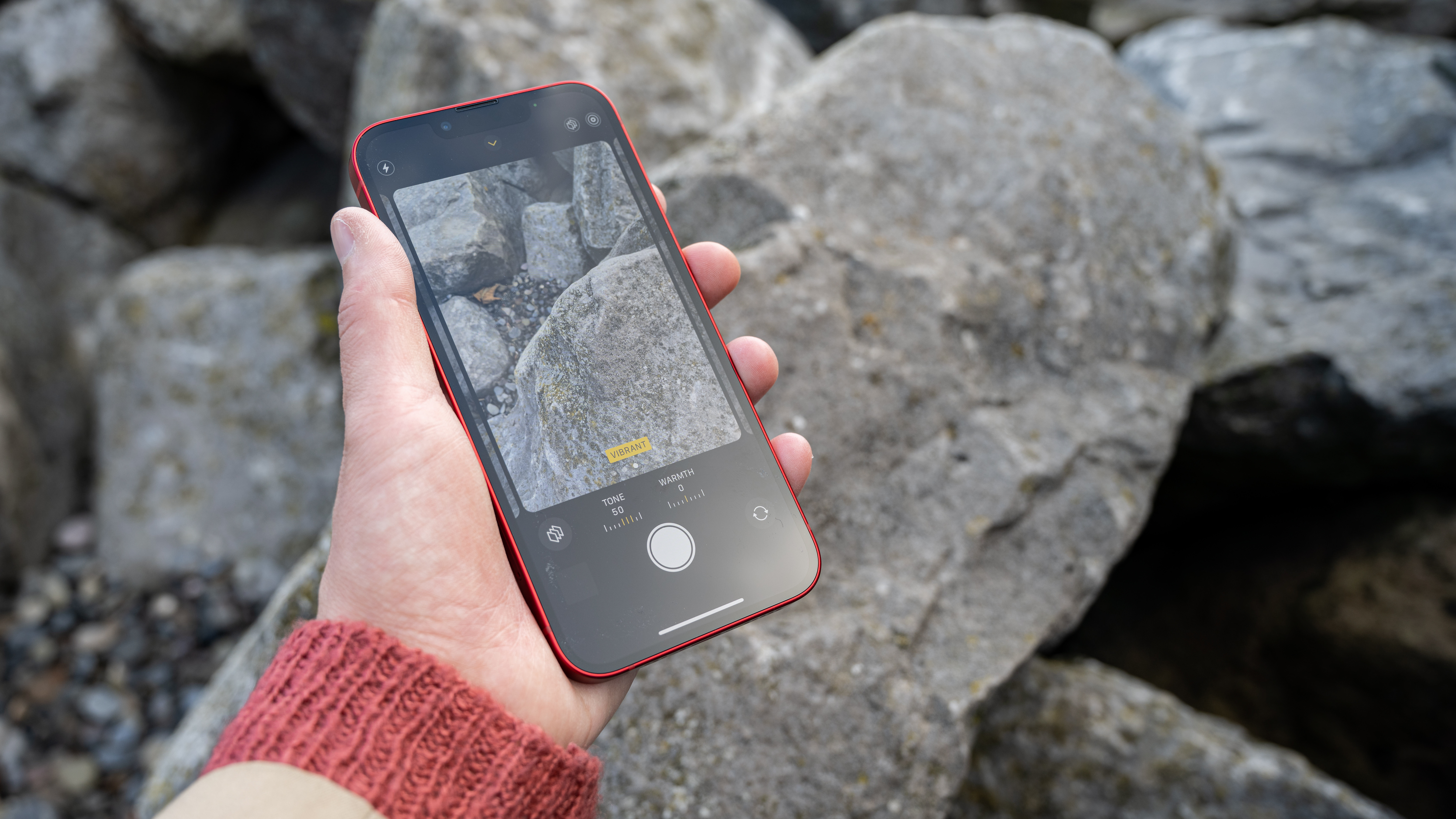
As already mentioned, the iPhone 13 uses a double-lens set up, giving you a 13mm (equivalent) / 0.5x ultra-wide optic and a 26mm (equivalent), but they are not exactly the same as those found in the iPhone 13 Pro. While the sensor sizes have increased (accommodated by the cameras appearing in a diagonal formation on the back of the phone, as opposed to a straight line like we saw on the iPhone 12), the lenses themselves have the same apertures of f/1.6 for the standard lens, and f/2.4 for the ultra-wide, making them a little less impressive than the f/1.5 and f/1.8 for the same lenses on the iPhone 13 Pro.
That said, the iPhone 13 benefits from the addition of sensor-shift optical image stabilization, a feature which previously only found in the iPhone 12 Pro Max and is now available across all iPhone 13 series models. Overall, with a larger sensor and better stabilization, the iPhone 13 should provide better low-light performance than its immediate predecessor.
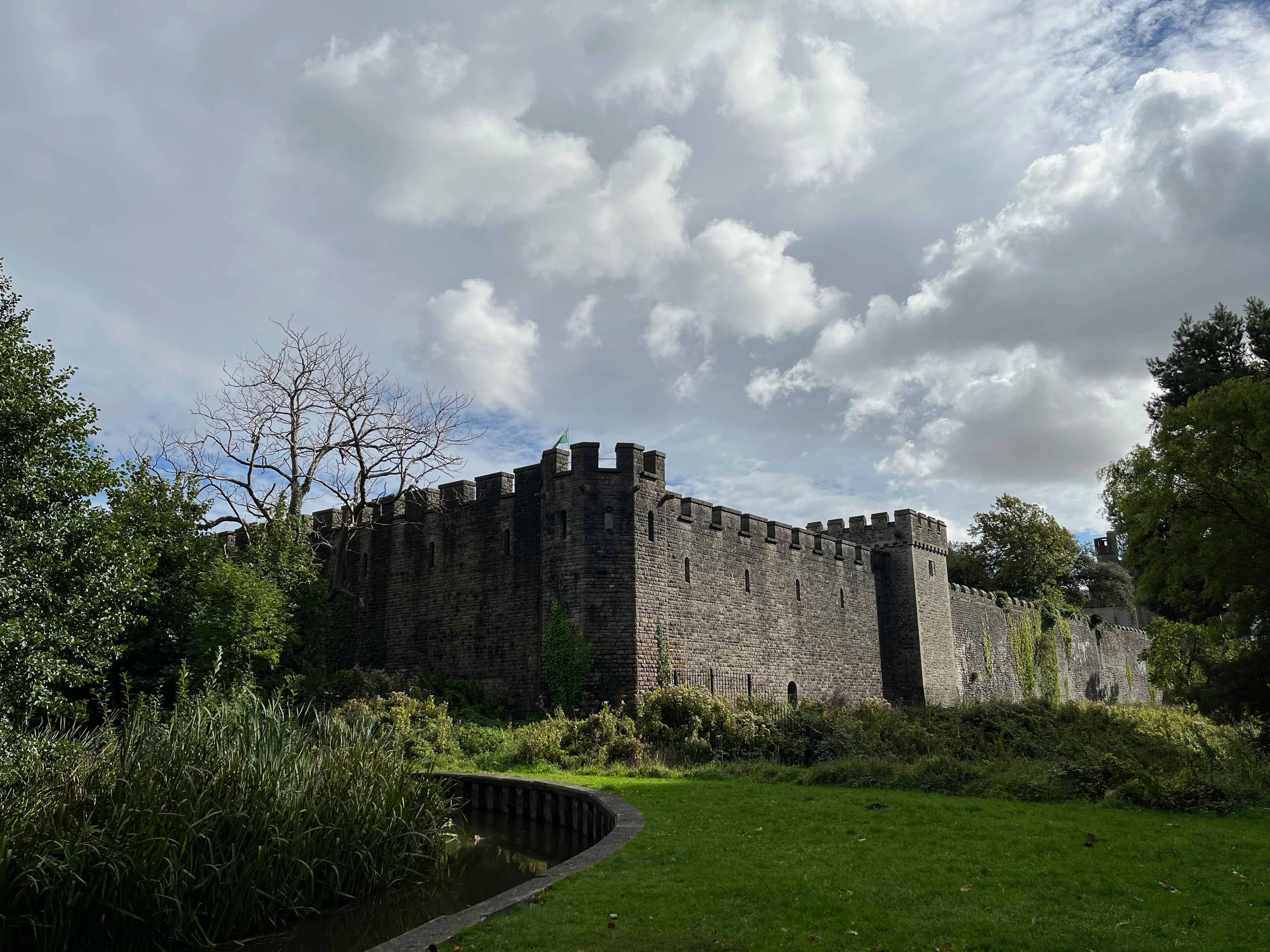
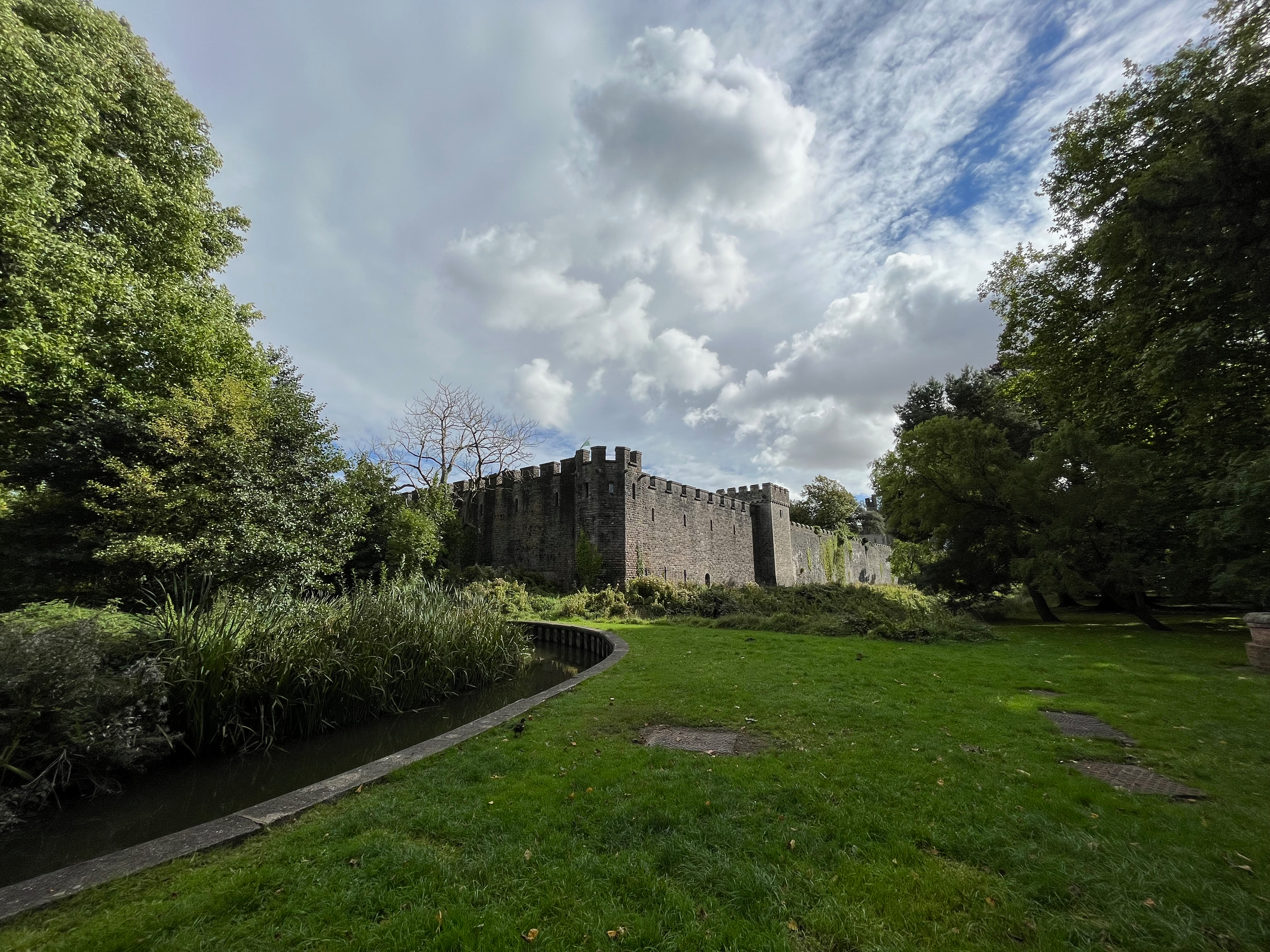
The iPhone 13 is equipped with the A15 Bionic chip, but with its 4-core GPU it’s not quite as fast as the iPhone 13 Pro’s 5-core GPU - but, says Apple, it is still “faster than the competition”.
Other new additions include Cinematic Style for video recording, which creates a shallow depth of field effect for movies, Photographic Styles and HDR 4. Among the camera/photography specifications coming over from the iPhone 13 we have 4K video recording, Night mode, Deep Fusion (both for better low-light recording) and Portrait mode.
Interestingly, what we don’t have for the iPhone 13 is the ability to record in raw format, Night mode portraits, or the LiDAR Scanner for faster autofocusing in low light. It’s clear that Apple isn’t intending the straight 13 model to be the one which appeals to advanced-level or enthusiast photographers in the same way that its Pro model does. The iPhone 13 also won’t have the ability to record ProRes video, Apple’s professional video format which is coming to the Pro series later in the year.
Both the iPhone 13 and the iPhone 13 Pro share roughly the same body design, and other shared features include 5G connectivity, and compatibility with MagSafe accessories and wireless chargers.
At launch, the iPhone 13 is priced at $799 / £779 for the 128GB version - the base level storage is now twice the base level of the iPhone 12, which started at 64GB. If you want more storage, the price goes up to $899 / £879 for the 256GB version, or $1099 / £1079 for the 512GB. Unlike the iPhone 13 Pro series, there’s no 1TB option for the standard 13.
As with the iPhone 13 Pro, a battery charger doesn’t come provided in the box, you only get a cable. Apple assumes that most people will already have a USB adapter available, but if you don’t, make sure to add one to your basket before checkout. Speaking of battery however, the battery life has been improved when compared to the 12 Pro, but given that the physical size of the two devices is roughly equal, this is likely down to the faster / more efficient chip rather than any physical battery size changes.
Build & handling

The iPhone 13 is exactly the same size and shape as the iPhone 13 Pro, being only very marginally different from the iPhone 12. For exactness, the iPhone 13’s measurements are 146.7 x 71.5 x 7.65mm, compared to 146.7 x 71.5 x 7.4mm for the iPhone 12. If you’ve got an iPhone 12, you’re annoyingly probably going to need a new case.
Measuring 6.1-inches in diameter, the screen is a Super Retina XDR Display - the same as found with the iPhone 12 (and indeed the iPhone 13 Pro). It’s slightly brighter than its predecessor, but otherwise the two are very similar. You don’t get the ProMotion technology with adaptive refresh rates as found in the iPhone 13 Pro, though.
The same level of splash, water and dust resistance (IP68) appears for the iPhone 13, with a Ceramic Shield front and Aerospace-grade aluminum (which sounds impressive if nothing else). It’s designed to be tough and resistant to damage from being dropped and scratches.
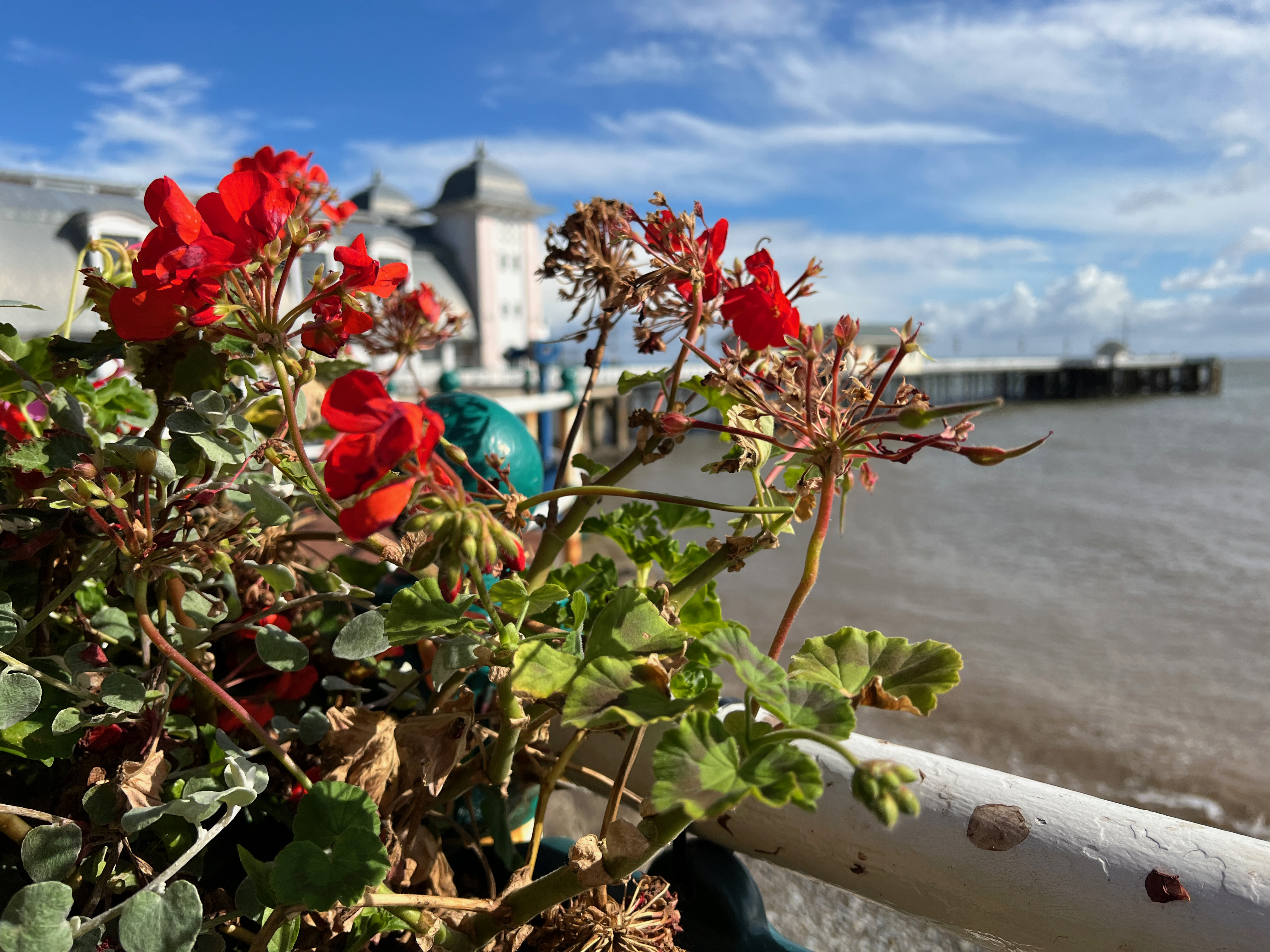


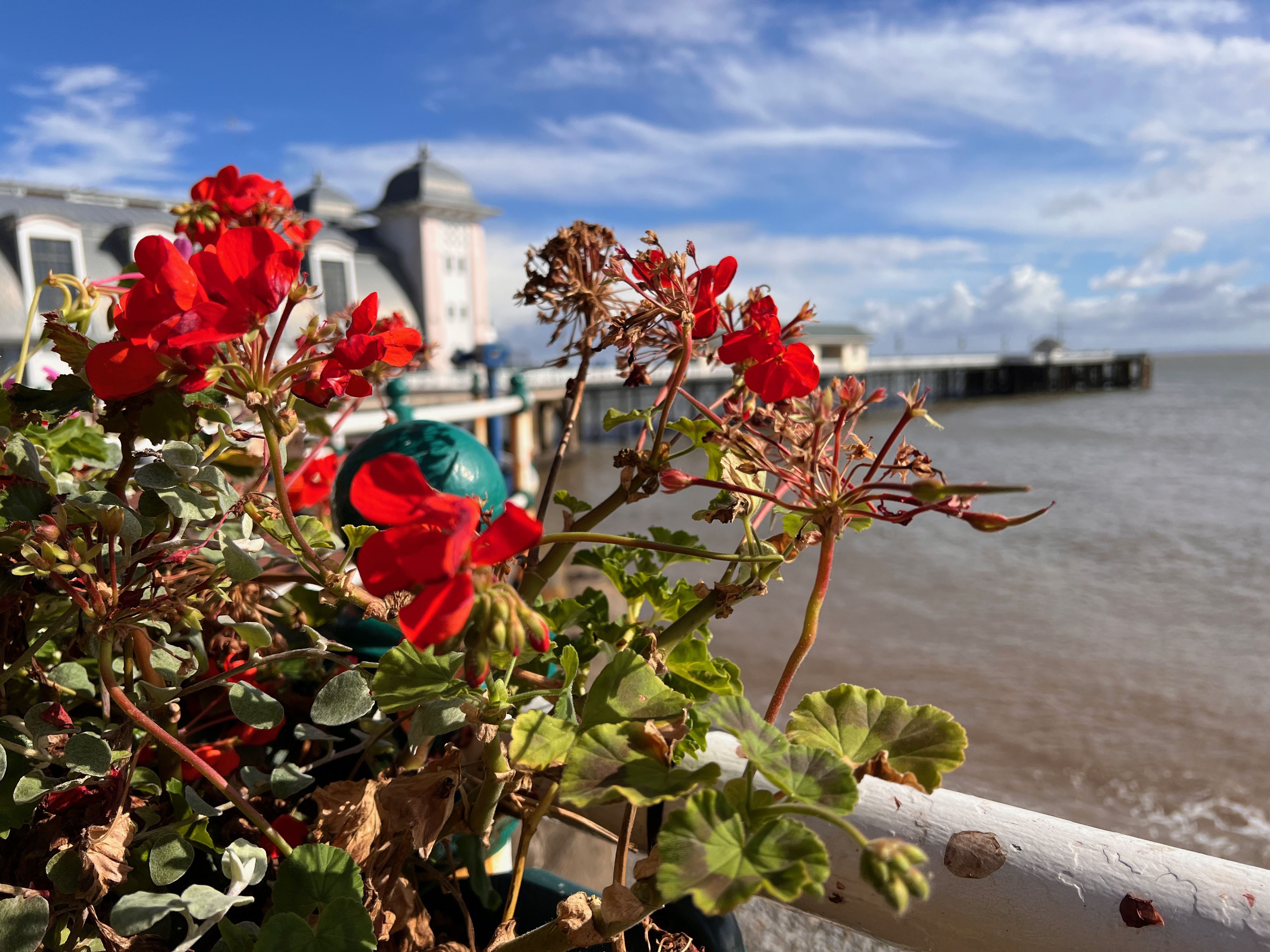

Apple has been using pretty much the same native camera app since it launched the original iPhone, with just a few tweaks along the way. If you’ve ever used one before, then you’ll be very familiar here. You can access it by long pressing the camera icon on the lock screen. The app launches in the standard “Photo” mode which is likely what you’ll take most of your photos using.
From this mode you can switch between the two different lenses, and make adjustments to other settings such as activating Picture Styles or switching off Live Photos. You can also adjust exposure compensation and aspect ratio, which is about the extent of it when it comes to advanced camera controls. There’s no ability to shoot in raw format here as you’ll find on models like the iPhone 12 Pro or the iPhone 13 Pro. The new Photo Styles give you the option to choose between “Rich Contrast,” “Vibrant,” “Warm, and “Cool”, with each also being customizable by adjusting sliders for Tone and Warmth.
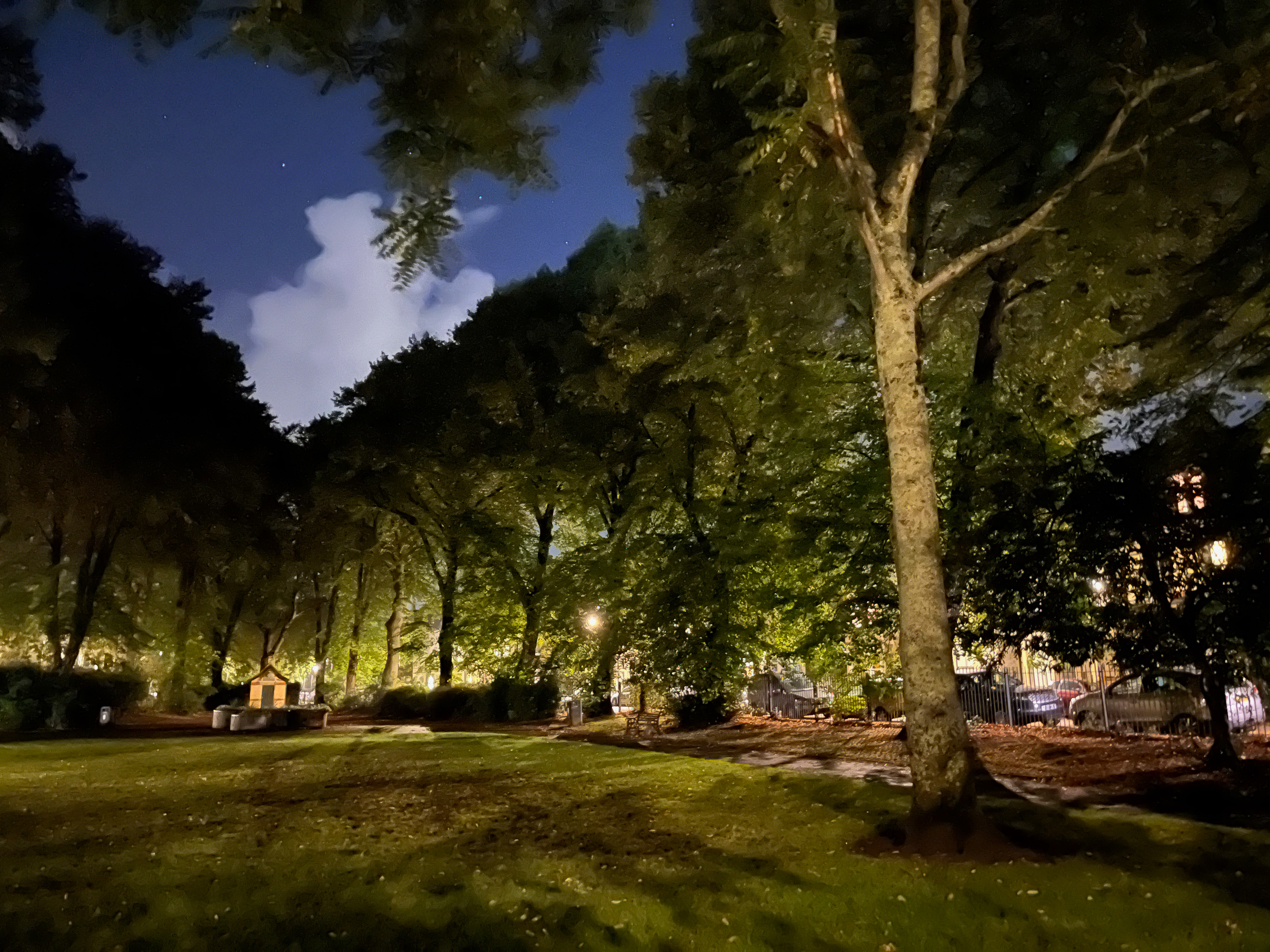
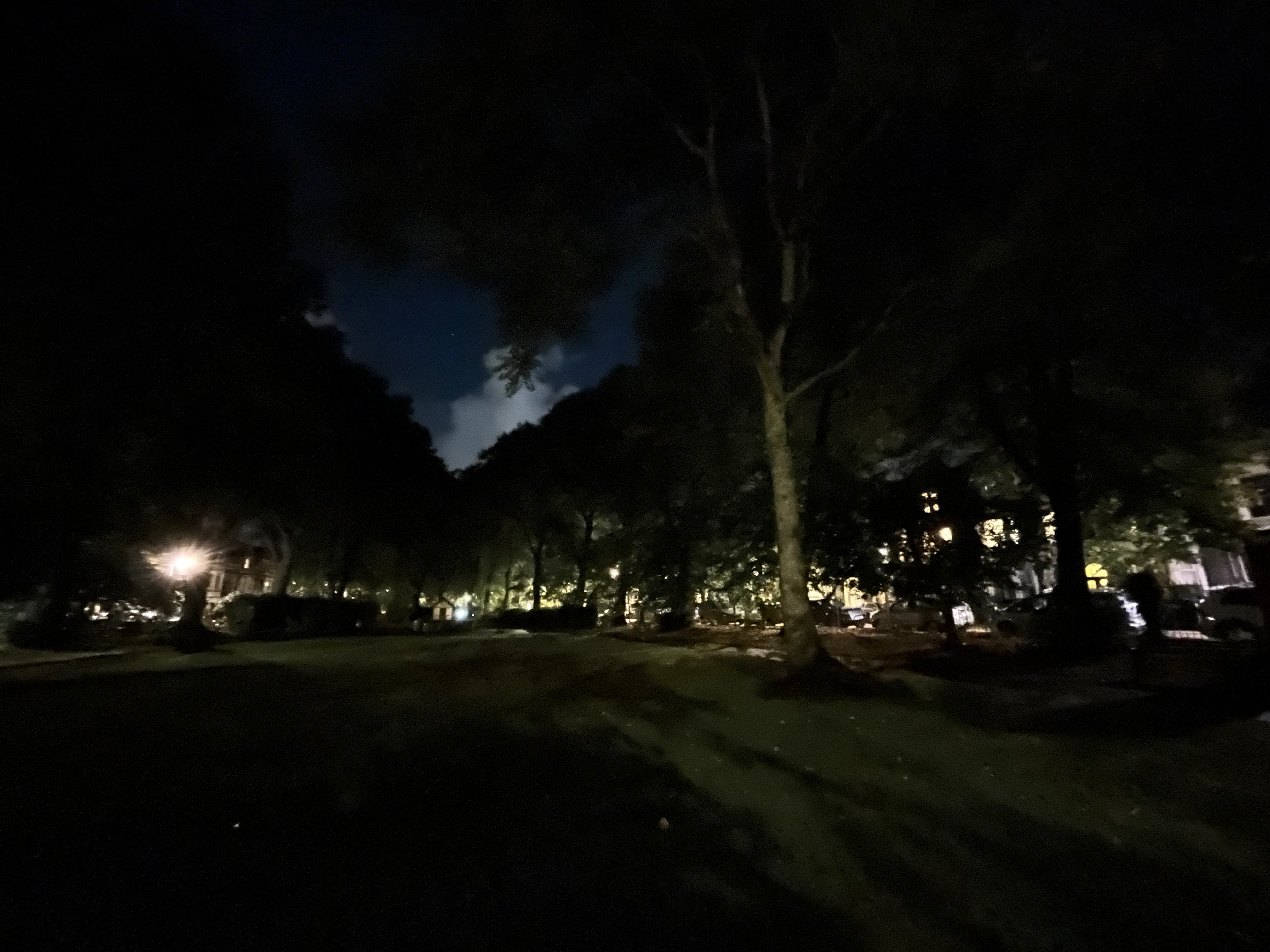
Night Mode is not a directly selectable mode, but rather something which will automatically activate when light levels are detected as being low. One thing to note is that you can’t combine Night and Portrait mode as you can in the Pro series models. You’ll also not be able to focus extremely close up by simply moving closer to the subject as you can with the iPhone 13 Pro - but of course there has to be some noticeable differences between the models.
Aside from the standard “Photo” mode, there’s a host of other shooting modes which you can use, which includes Portrait, for creating blurred backgrounds regardless of the subject, Video, Slo-Mo and Pano, which are all pretty self-explanatory. The new Cinematic Video mode is also available, enabling you to create shallow depth of field effects for moving images. You can adjust the simulated aperture to give a greater or lesser effect, too.
iPhone 13 Performance

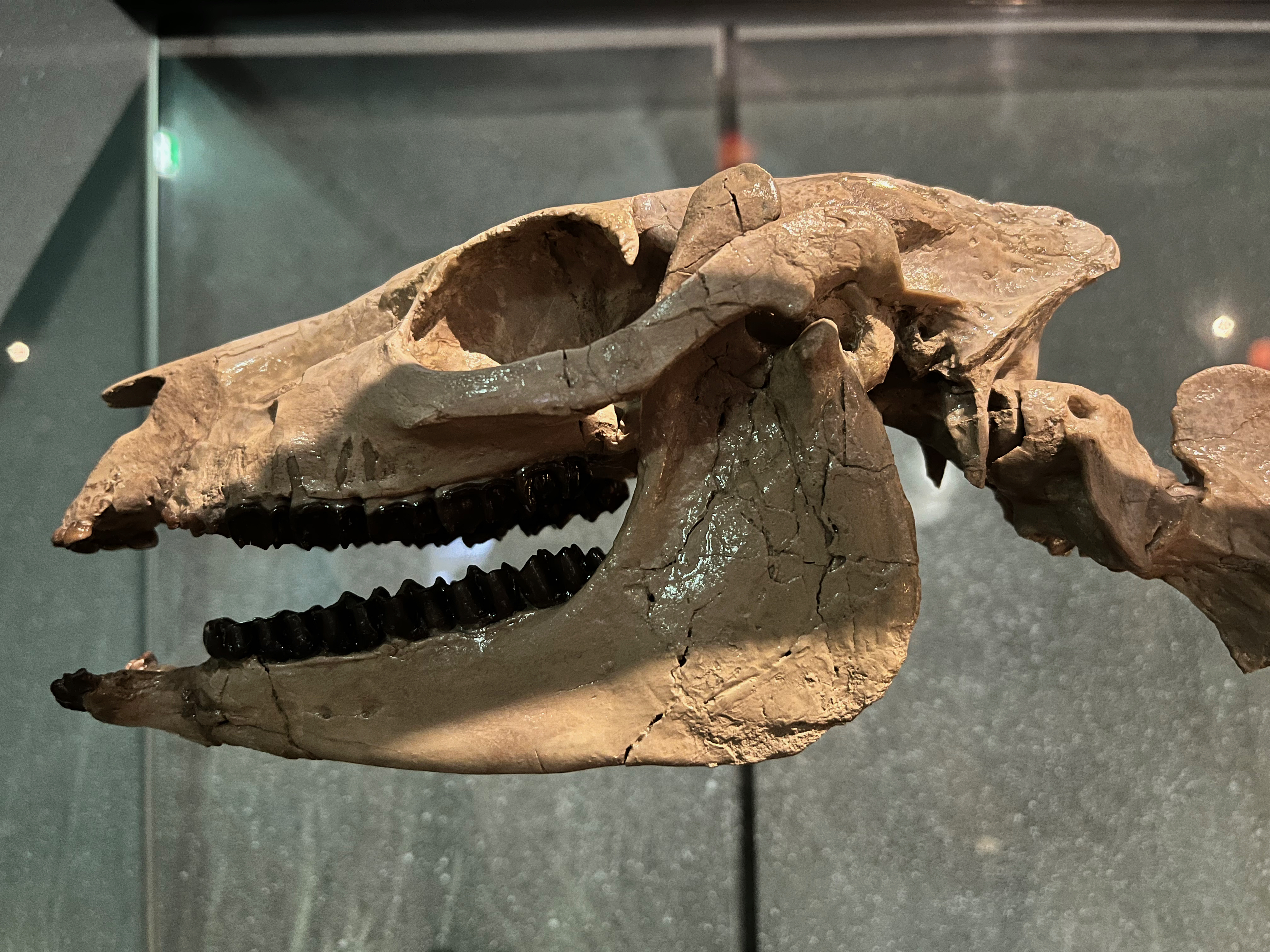
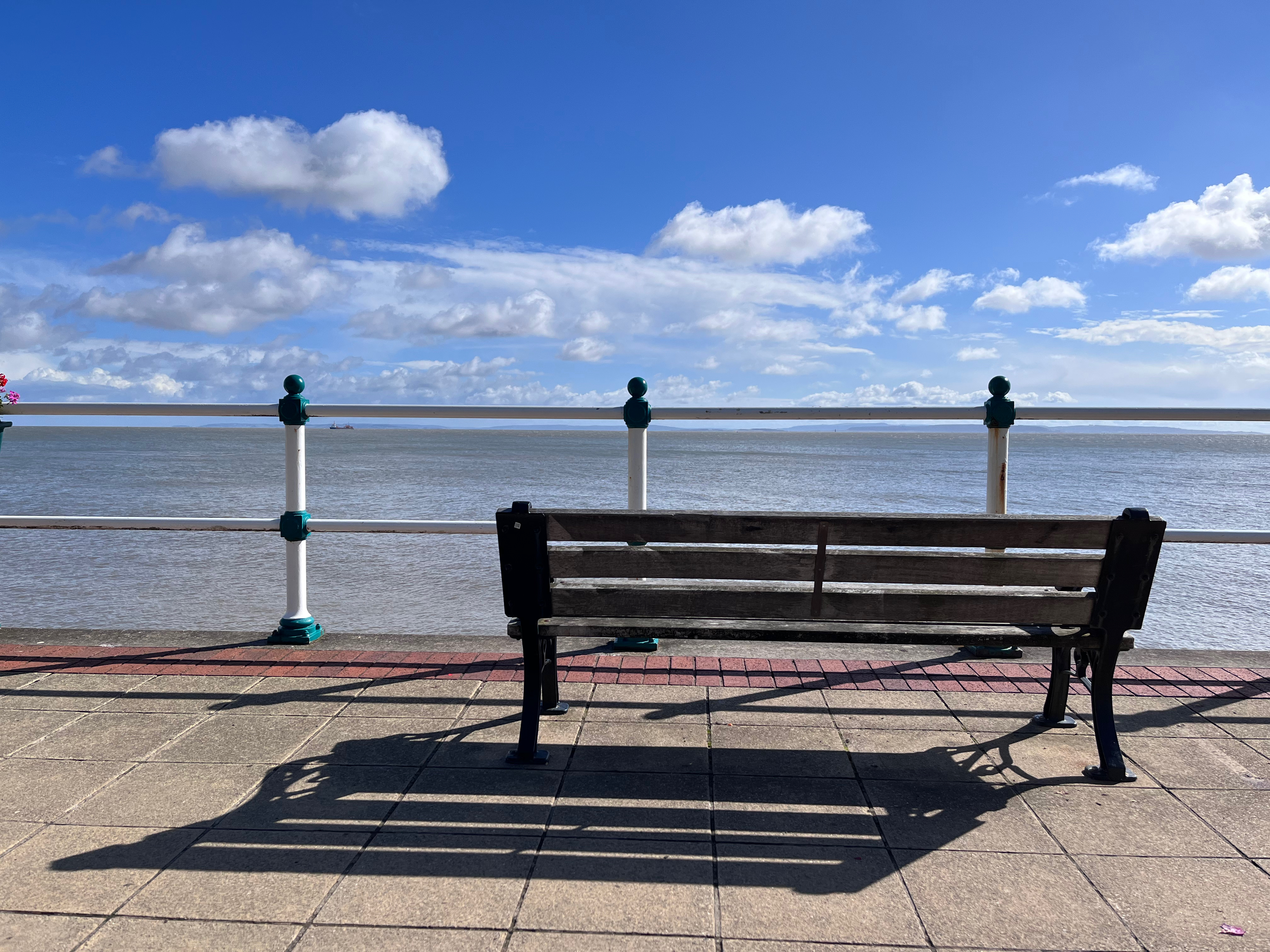
Just like there’s relatively little difference in the iPhone 12 Pro vs iPhone 13 Pro photo contest, the same can be said here between the iPhone 12 and the iPhone 13 - particularly depending on the type of shot you take, or the type of conditions you shoot in. The iPhone 12 was already an impressive mid-range performer, so by increasing the sensor size and providing a few other tweaks, we’ve got something a little better, but by no means revolutionary. It also compares reasonably well to the iPhone 13 Pro in some situations, so if you’re on the fence about spending the extra cash for the more advanced version, you’ll likely still be reasonably happy with the compromise.
The iPhone 13 produces excellent results in a variety of situations, with pleasing vibrant colors and plenty of detail. It’s a shame not to have a telephoto option, but the ultra wide-angle arguably comes in more useful in many situations as it’s usually easier to move closer to a subject than to create more space in a scene to shoot widely.
Video sample shot in 4K
Video sample with Cinematic Mode
Video mode is impressive, with Dolby HDR producing excellent results, especially when viewed on the screen of the iPhone itself. Cinematic Mode is a nice addition for the iPhone 13’s video capability, with the only drawback being that it only records in Full HD rather than 4K. Still, for the average user it’s a fun new mode that works impressively well - even if we have seen other similar modes implemented elsewhere from other manufacturers before.
Apple’s Night Mode puts in a pretty good performance here, but if you compare it to that from the iPhone 13 Pro there is a clear disadvantage thanks to the smaller aperture, particularly of the ultra wide angle lens. The difference is less noticeable when you look at images in isolation, and it may not be too much of an issue for you if you don’t tend to shoot frequently in very low light situations.
iPhone 13 Verdict

The iPhone 13 is Apple’s mid-range offering, and as such, it’s only fair to expect a mid-range performance - and that’s especially true of the on-board camera.
While it puts in an admirable performance in good light, and has some fun new additions such as the Cinematic Mode for video and Picture Styles for stills, if you truly want the best photographic performance you’ll get much better from the iPhone 13 Pro (but you’ll pay the price for it).
It’s also true that this isn’t a huge evolution from the iPhone 12, so if you’re still in possession of one of those, an upgrade here is probably even less worth it than that from the iPhone 12 Pro to the iPhone 13 Pro.
That’s not to say that the iPhone 13 isn’t a very good, very accomplished piece of kit, but there are some significant sacrifices to be made for the cut in price - but if you’re working to a tight budget, it’s a very good option indeed. If your budget is even tighter, given that you can still buy the iPhone 12 very easily (including directly from Apple for £679 - £100 cheaper than its successor), it’s worth considering whether you even need this latest mid-range offering.
Overall the camera on board the iPhone 13 does a very good job at a variety of different subjects, but enthusiast photographers will almost certainly crave the higher power and extra benefits the Pro version offers.
Read more:
• Best iPhone for photography
• iPhone 12 Pro vs iPhone 13 Pro
• iPhone 11 Pro vs iPhone 12 Pro
• iPhone 12 Pro vs Max
• These are the best camera phones
• The best phablets
• Looking for the best budget camera phones? Try these!
Amy Davies has been writing about photography since 2009, and used to be a colleague on Digital Camera magazine and Techradar.com. She now works as a freelance journalist writing for nclude Amateur Photographer, Stuff, Wired, T3, Digital Photographer, Digital Camera World, TechRadar, Trusted Reviews, ePhotozine and Photography Blog. She has an undergraduate degree in journalism and a postgraduate diploma in magazine journalism, both from Cardiff Journalism School.
